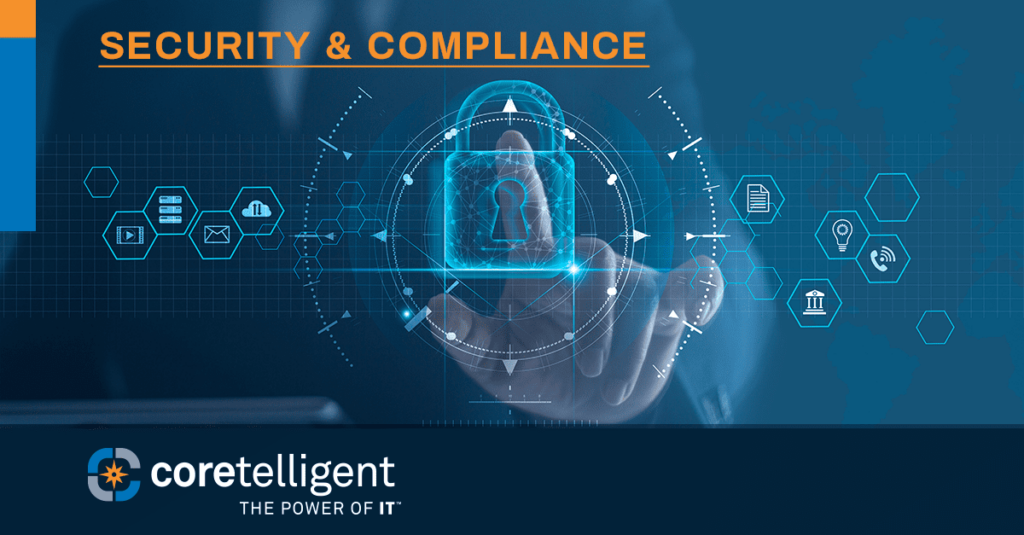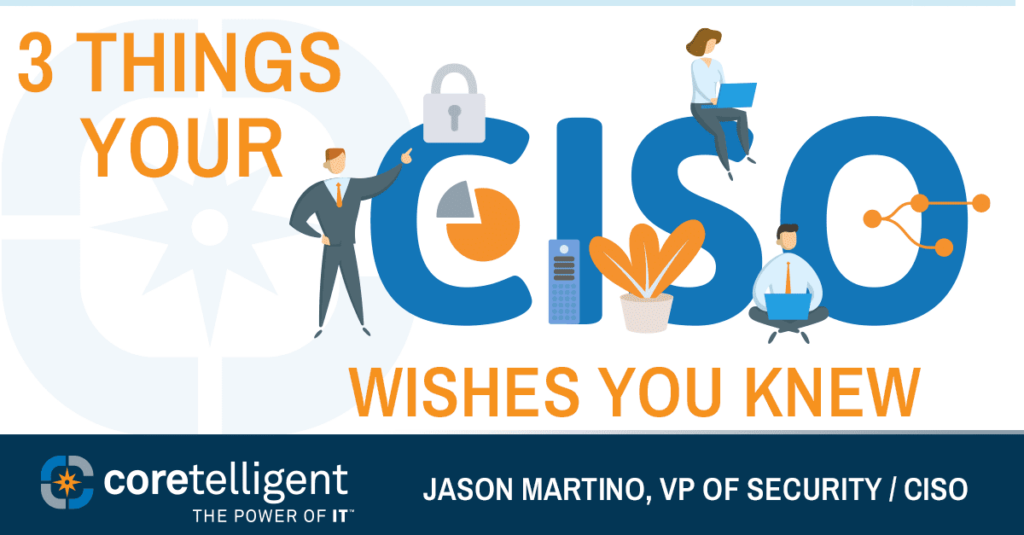What is Governance, Risk, and Compliance?
Governance, risk management, and compliance (GRC) frameworks help financial services firms align their operations with strategic goals, manage risks, and ensure compliance with regulations. By integrating governance policies, risk management, and compliance programs, firms can improve efficiency, enhance decision-making, and strengthen their reputation while adapting to regulatory changes and mitigating risks.
What is SOX Compliance & What are the Requirements? (2023 Update)
With the rise in cyberattacks, firms must strengthen security measures and comply with regulations like the Sarbanes-Oxley Act (SOX), which mandates transparency in financial reporting and robust data safeguards. Effective SOX compliance involves continuous risk assessment, prompt incident reporting, and the use of advanced cybersecurity monitoring tools to detect and respond to threats.
Financial Services Compliance: What to Know in 2023
As cyberattacks increase, financial services firms must strengthen their security measures and adhere to a growing set of regulations, including FINRA, SEC, and SOX, to avoid severe repercussions like fines and reputational damage. Effective compliance requires comprehensive platforms, specialized advisory services, and ongoing adaptation to evolving regulations to mitigate risks and ensure operational integrity.
What Is Cyber Insurance Compliance? What You Need to Know
The rising cost of data breaches, which hit an average of $9.44 million in the U.S. in 2022, has made cyber insurance essential for financial services firms. Partnering with managed service providers (MSPs) can help these firms meet stringent insurance requirements, secure lower premiums, and maintain compliance, thereby mitigating the financial burden of cybersecurity incidents.
What is HIPAA Compliance? Laws, Rules, Regulations
HIPAA compliance is crucial for safeguarding patient health information (PHI) as mandated by the U.S. Health Insurance Portability and Accountability Act of 1996. This involves robust data handling and security measures, including secure storage and disposal, protection against data breaches, and disaster recovery planning, with dedicated personnel and IT providers ensuring that all privacy and security standards are met to protect sensitive patient data and maintain trust.
Multifactor Authentication: A Critical Piece of Your Cybersecurity Strategy
Multifactor authentication (MFA) enhances security by requiring multiple forms of verification, making it harder for unauthorized users to access systems even if they obtain a password. It’s essential for all organizations, especially in highly-regulated sectors, and should be part of a comprehensive, multilayered cybersecurity strategy to effectively mitigate cyber threats and ensure compliance.
Cybersecurity Threats Faced by Broker-Dealer FINRA Firms

As a broker-dealer firm executive, you know that one of FINRA’s key mandates is to help prevent cyberattacks against its regulated firms. The Financial Industry Regulatory Authority, or FINRA, is, of course, a not-for-profit regulatory organization authorized by Congress to protect investors and ensure market integrity in the United States. This post will explore some […]
Security and Compliance for Financial Services While Scaling Up

From operational processes to security challenges and regulatory uncertainty, the financial services sector has very specific IT requirements. Whether you are interested in scaling vertically or horizontally, simply maintaining secure document management and compliant levels of access for employees can be difficult. Managing complex financial services workflows and meticulous processes requires intensely powerful technology, which […]
Proactive Cybersecurity Support Can Reduce Risk and Improve Operations for Your Business

Improving the operation of your business often starts with consolidation: creating a more cohesive structure that eliminates redundancy and slashes inefficiencies throughout the organization. Business leaders have been focused in this direction for generations, often looking for the smallest advantages that will allow them to outpace the competition. With the renewed focus on cybersecurity, it’s […]
3 Things Your CISO Wants You to Know About Risk Management

This is the debut post from Coretelligent’s Chief Information Security Officer (CISO), Jason Martino. Jason will be regularly sharing his thoughts about information security on the Coretelligent blog. With the shift towards security as a business priority, the role of the Chief Information Security Officer (CISO) has expanded and gained prominence within corporate structures. CISOs […]